Wabi-sabi: The Pavilia Hill offers respite from bustling Hong Kong life
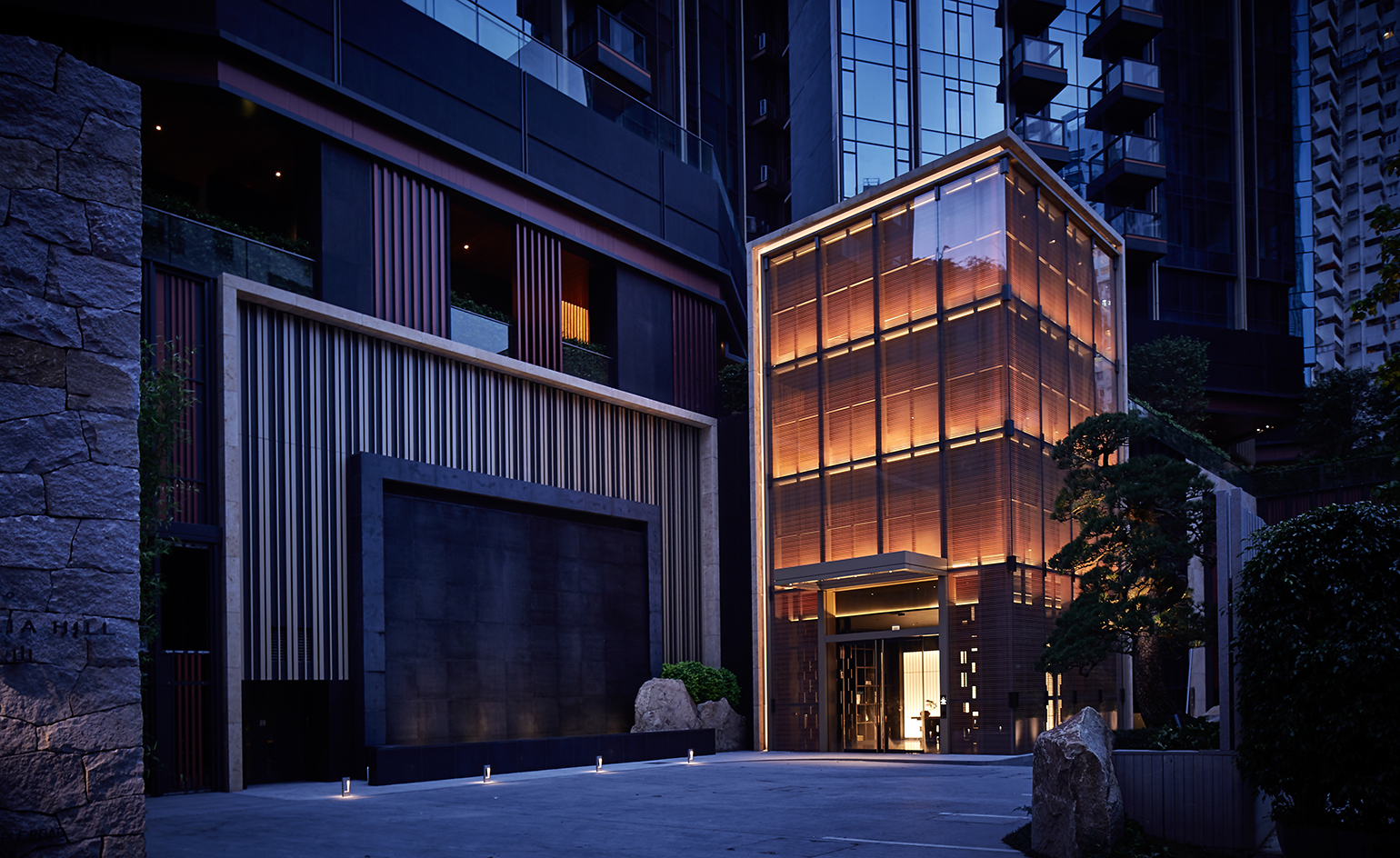
Previously the preserve of bland high-rise tower blocks, Hong Kong’s Tin Hau district is upping its residential offering with an innovative wabi-sabi-inspired development that embraces the simplicity and raw beauty of nature.
‘In a busy city like Hong Kong, it is hard to find a place to soothe our nerves and have peace of mind,’ says Adrian Cheng, the Hong Kong-based executive vice-chairman and joint general manager of New World, the developers behind the recently competed 358-unit project.
Called The Pavilia Hill, the development comprises five blocks of 31 storeys linked by a sublime Japanese landscape garden created by Shunmyo Masuno, one of Japan’s most celebrated living landscape architects (who is also the 18th generation head priest of Kenkoh-ji temple, a Zen temple in Yokohama, and teaches architecture and interior design at Tama Art University).
The elegantly executed space encourages peaceful introspection with a stone path that wends through a series of immaculately landscaped—yet seemingly uncalculated—undulating hills with sculptural rocks, Bonsai and man-made waterfalls. Each tower is defined by enormous stone sculptures representing mountains, water, existence, purity and sound.
Singapore-based Japanese interior designer Koichiro Ikebuchi was responsible for the facilities including a serene clubhouse, gymnasium, and the onsen-inspired indoor swimming pool and bath. Throughout, contemplative, quintessential modern and traditional Japanese materials are reflected in semi-translucent shōji screens, natural materials and simple textured walls. ‘I’ve used natural materials that will age in their own original and beautiful ways,’ he explains.
The bucolic tableaux include a semi-private lounge complete with a Japanese garden in each tower lobby, a contemporary tea pavilion showcasing an ethereal ink painting by the renowned Chinese artist Zheng Chongbin, and a secluded outdoor meditation space.
For Cheng, who studied art and culture in Kyoto, the project demonstrates a growing interest in living spaces that go beyond aesthetics to evoke an emotional connection.
Judging by the rate the units have been snapped up, it seems Hong Kong agrees.
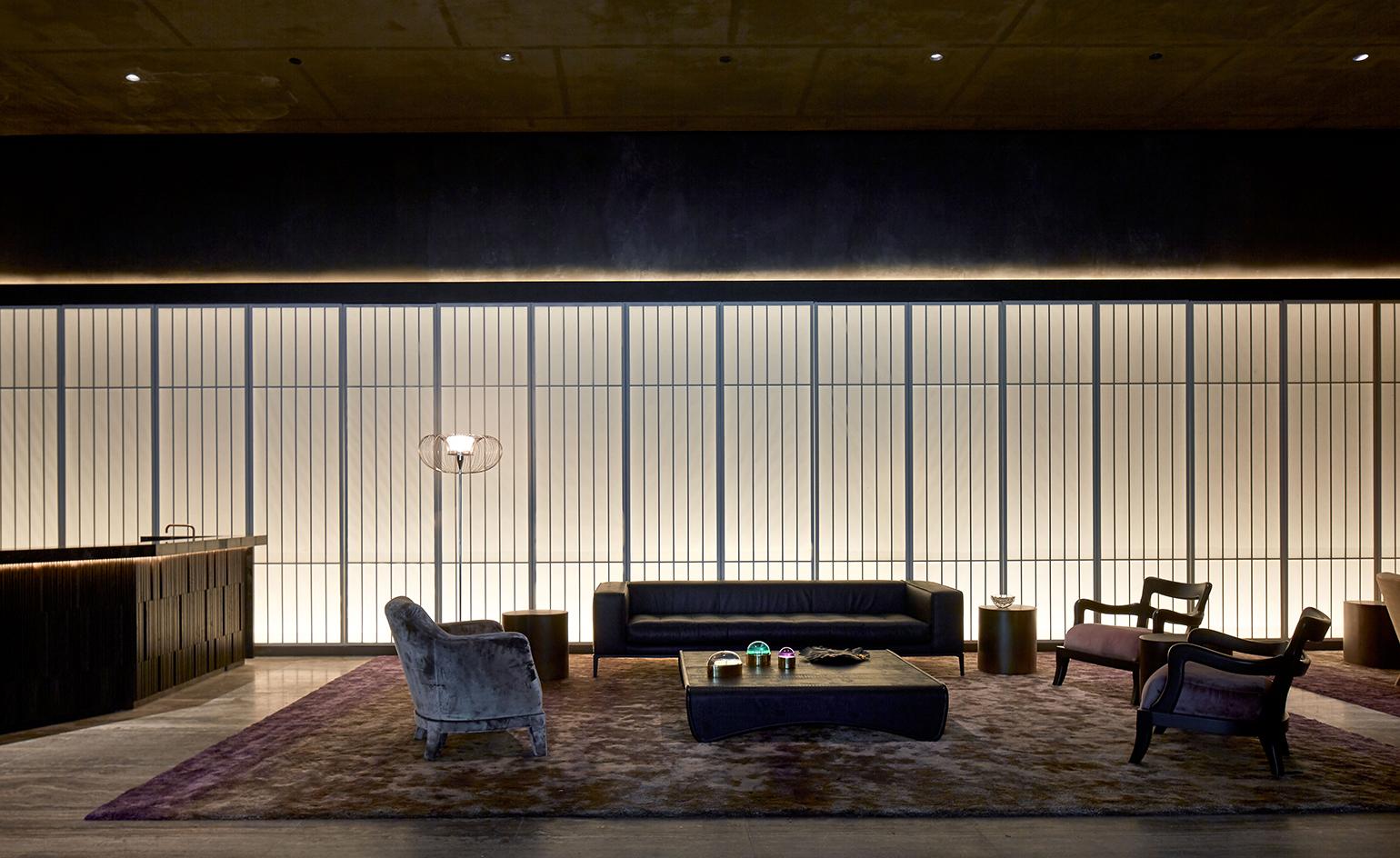
The developers behind the recently competed 358-unit project, New World, were aiming for a space where residents can relax and take a break from the city's busy streets
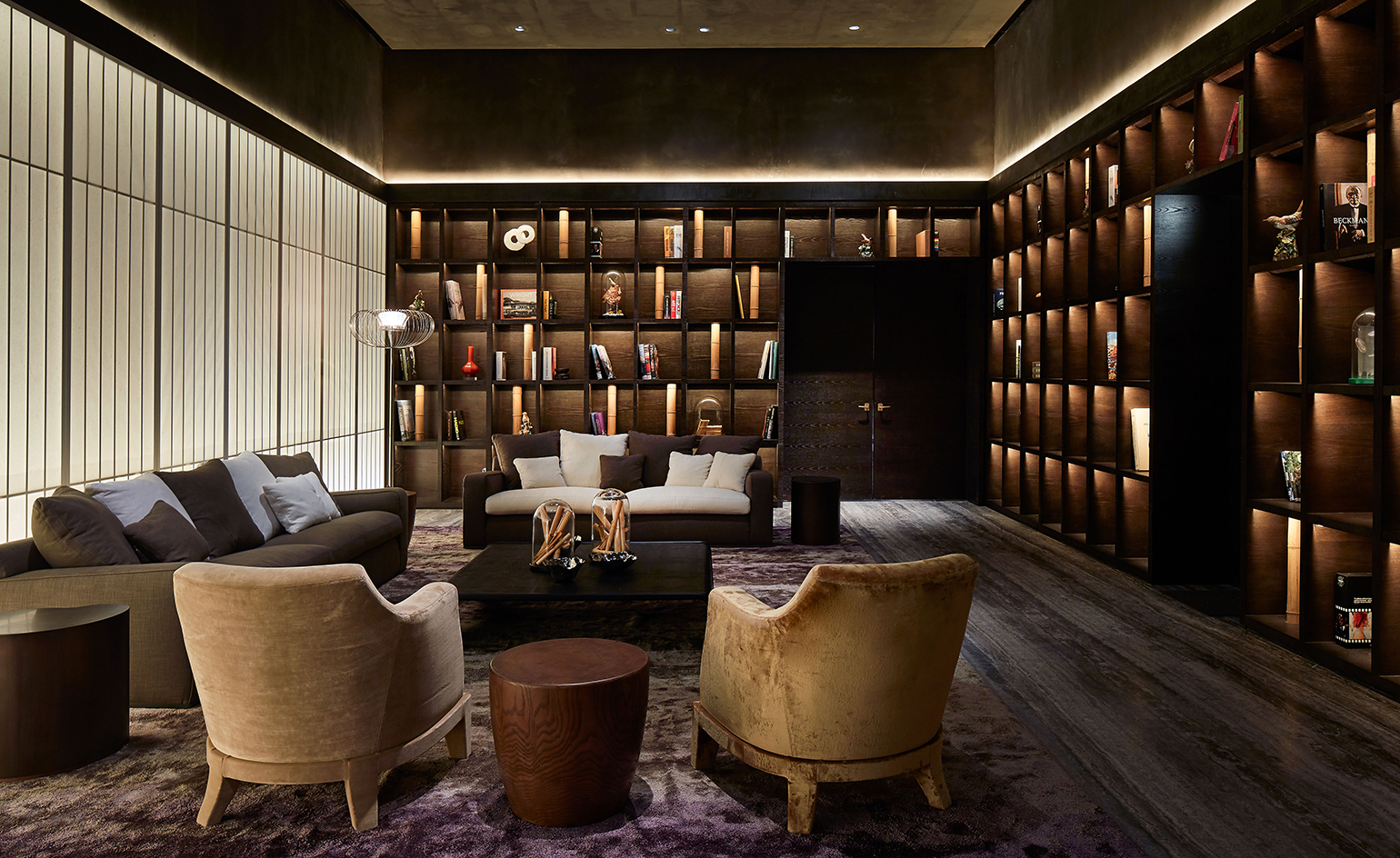
The Pavilia Hill comprises five blocks of 31 storeys each, linked by a sublime Japanese landscape garden
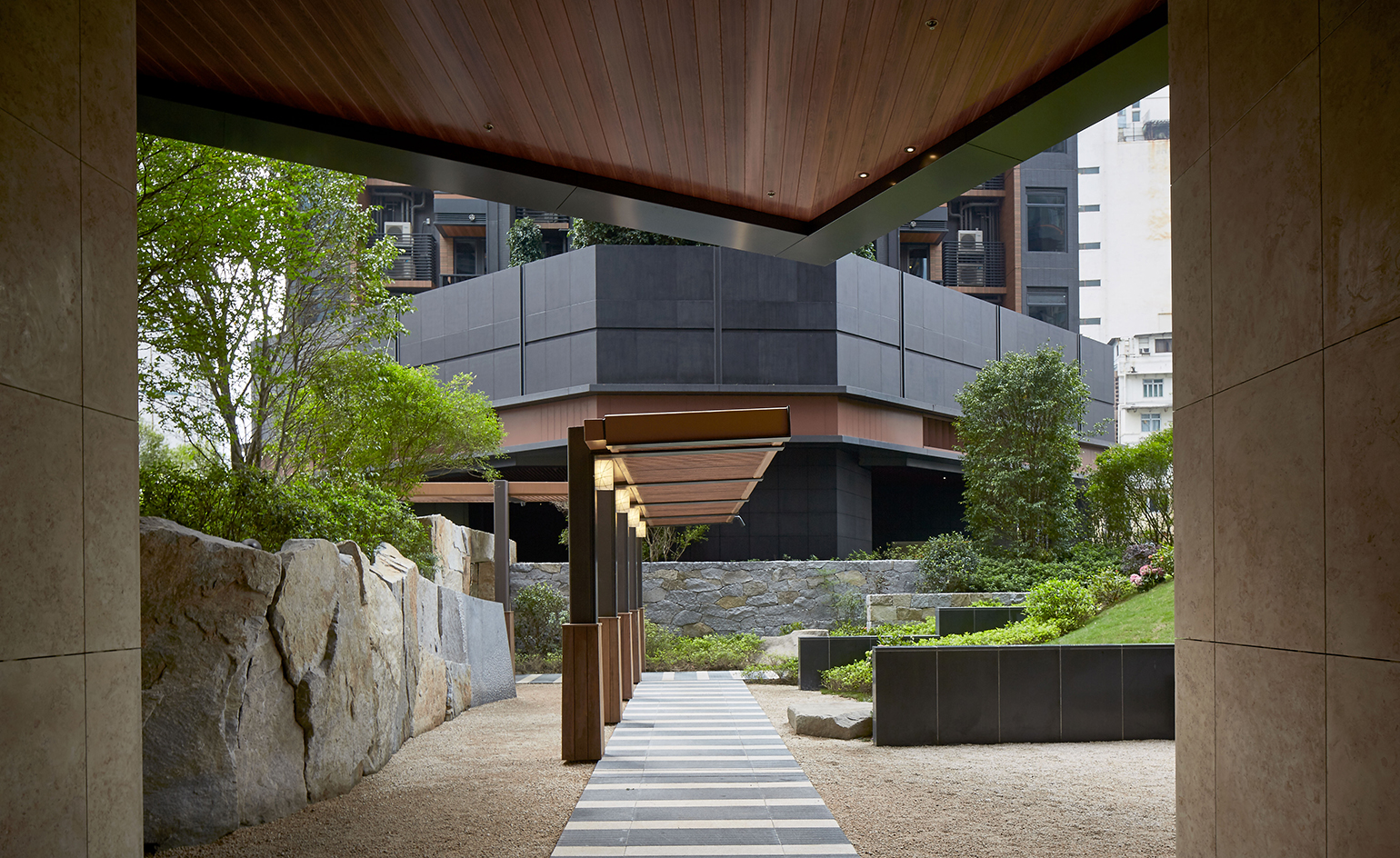
The landscaping outside was created by Shunmyo Masuno, one of Japan’s most celebrated living landscape architects
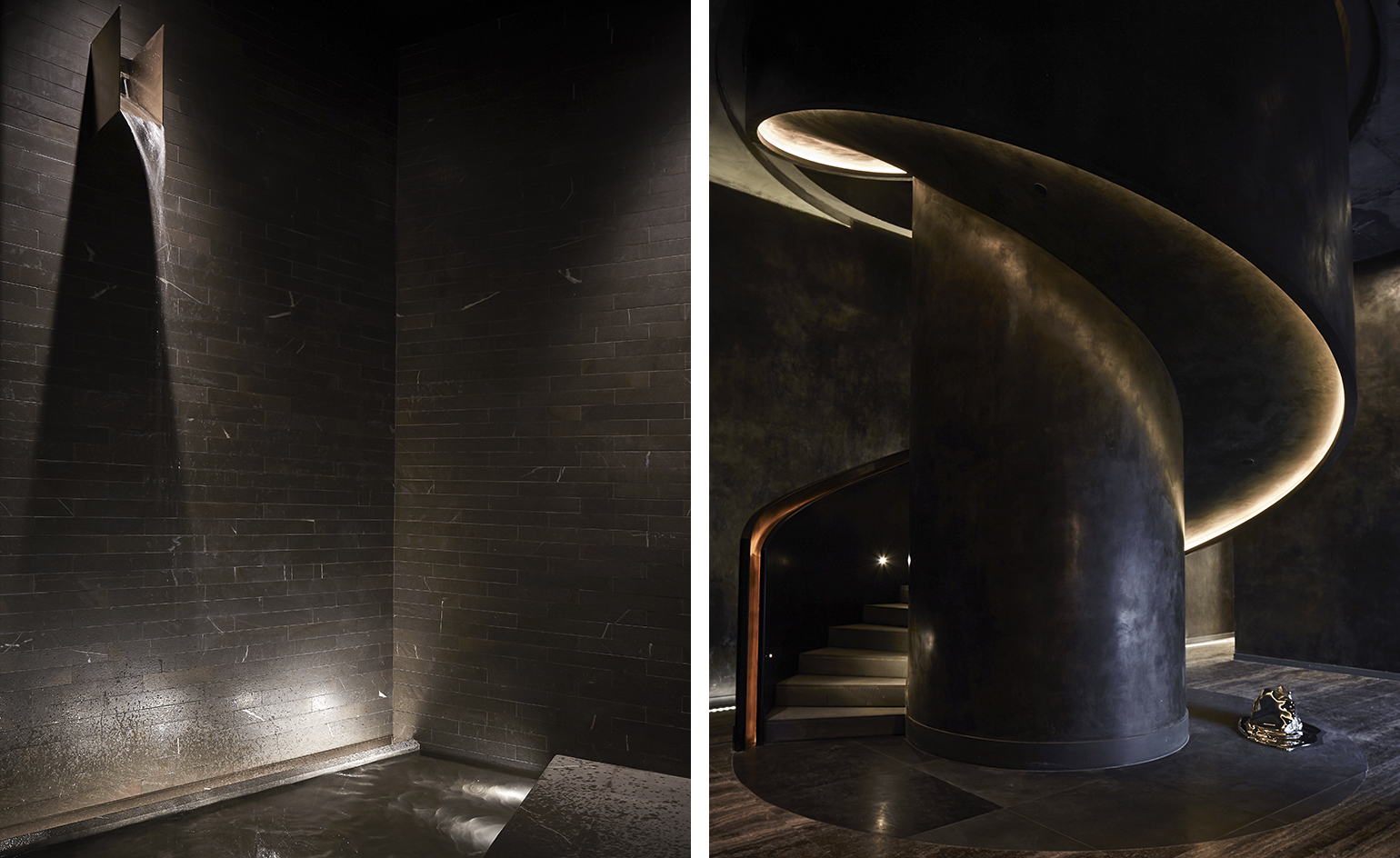
Meanwhile, the residents' facilities were masterminded by Singapore-based Japanese interior designer Koichiro Ikebuchi
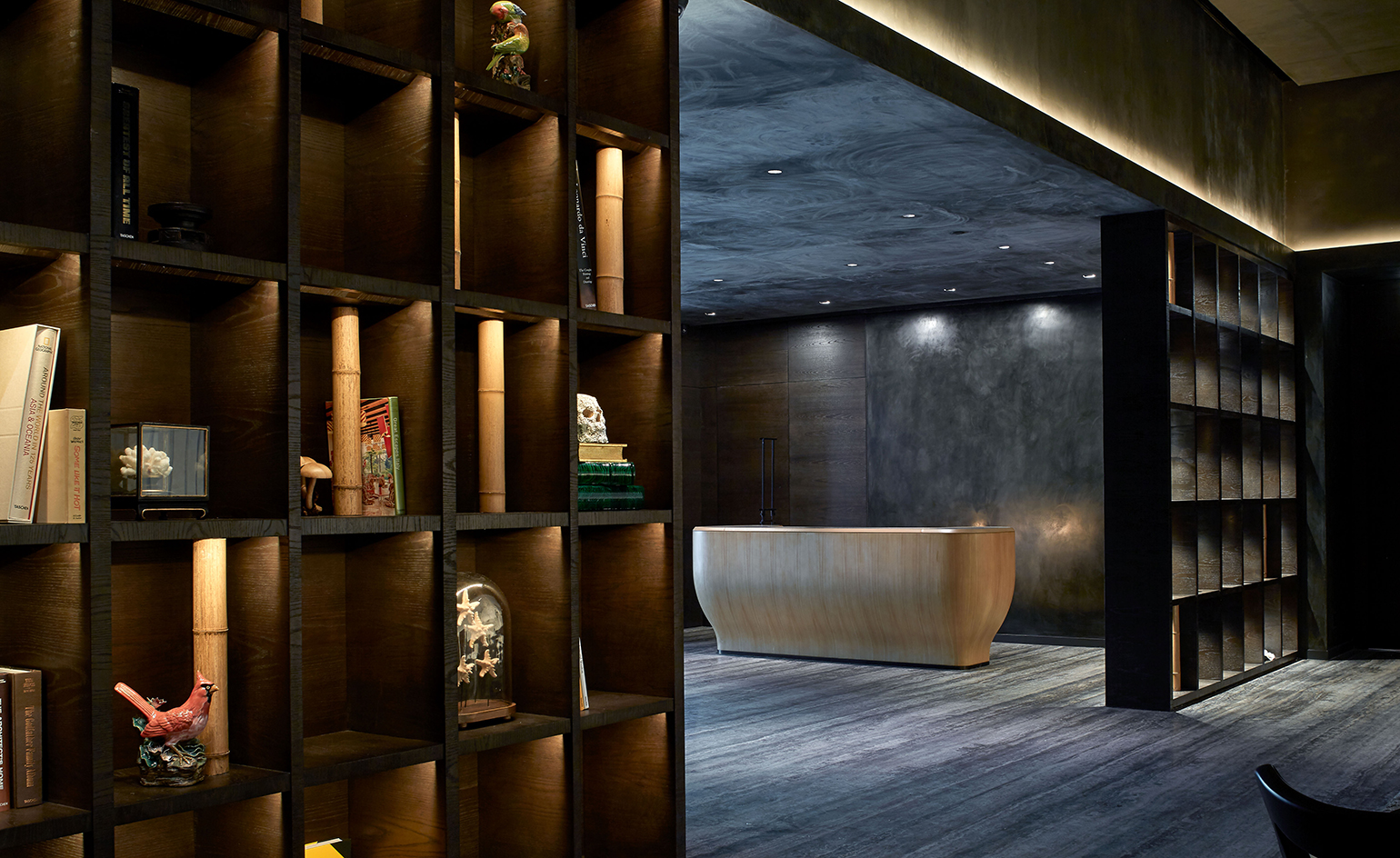
The scheme features a stylish and serene clubhouse and a gymnasium...

...as well as an onsen-inspired indoor swimming pool and bath
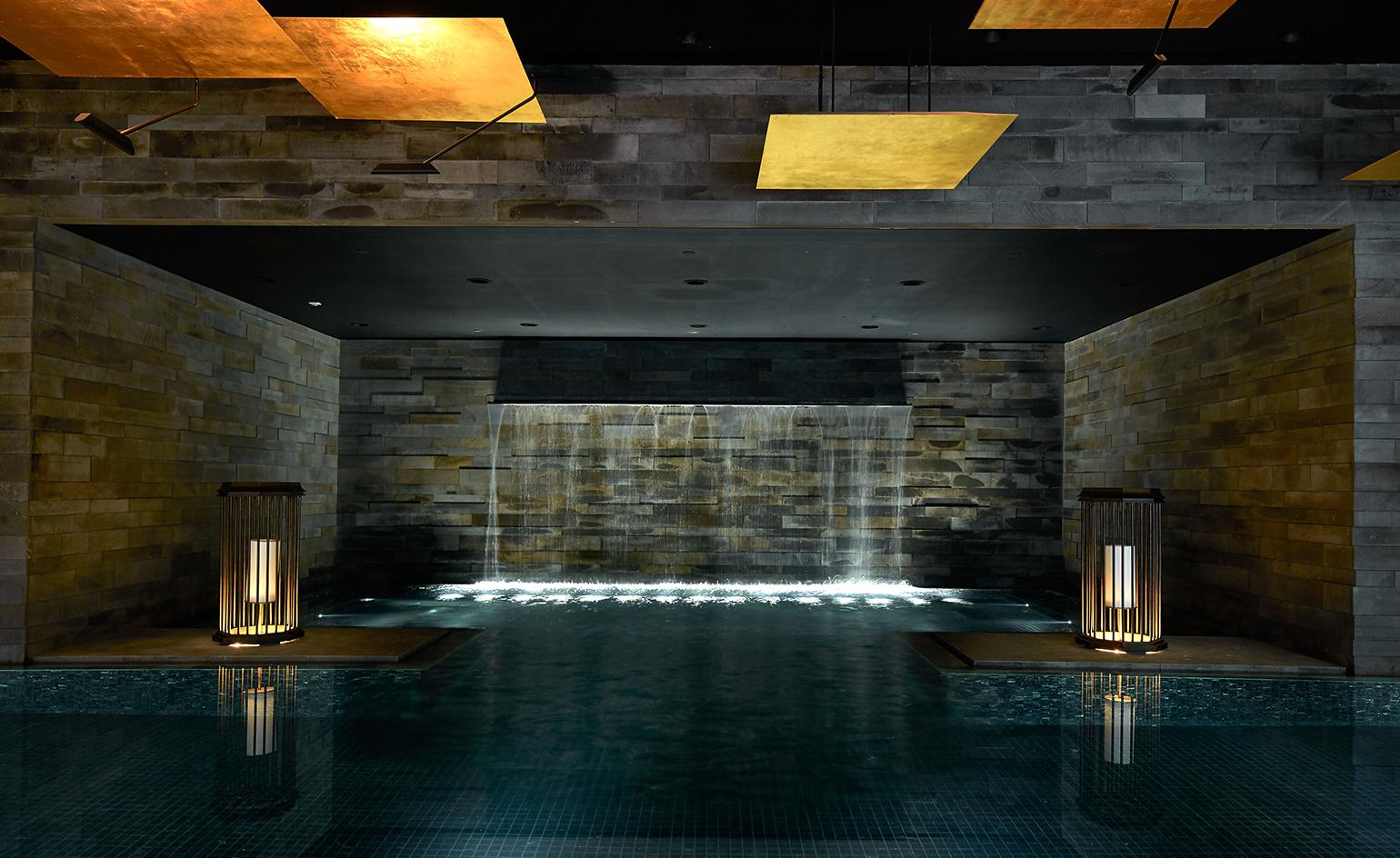
The interiors are both contemplative and modern throughout, using traditional Japanese materials
INFORMATION
For more information, visit the development’s website
ADDRESS
The Pavilia Hill
18A Tin Hau Temple Road
North Point
Hong Kong
Receive our daily digest of inspiration, escapism and design stories from around the world direct to your inbox.
Catherine Shaw is a writer, editor and consultant specialising in architecture and design. She has written and contributed to over ten books, including award-winning monographs on art collector and designer Alan Chan, and on architect William Lim's Asian design philosophy. She has also authored books on architect André Fu, on Turkish interior designer Zeynep Fadıllıoğlu, and on Beijing-based OPEN Architecture's most significant cultural projects across China.
-
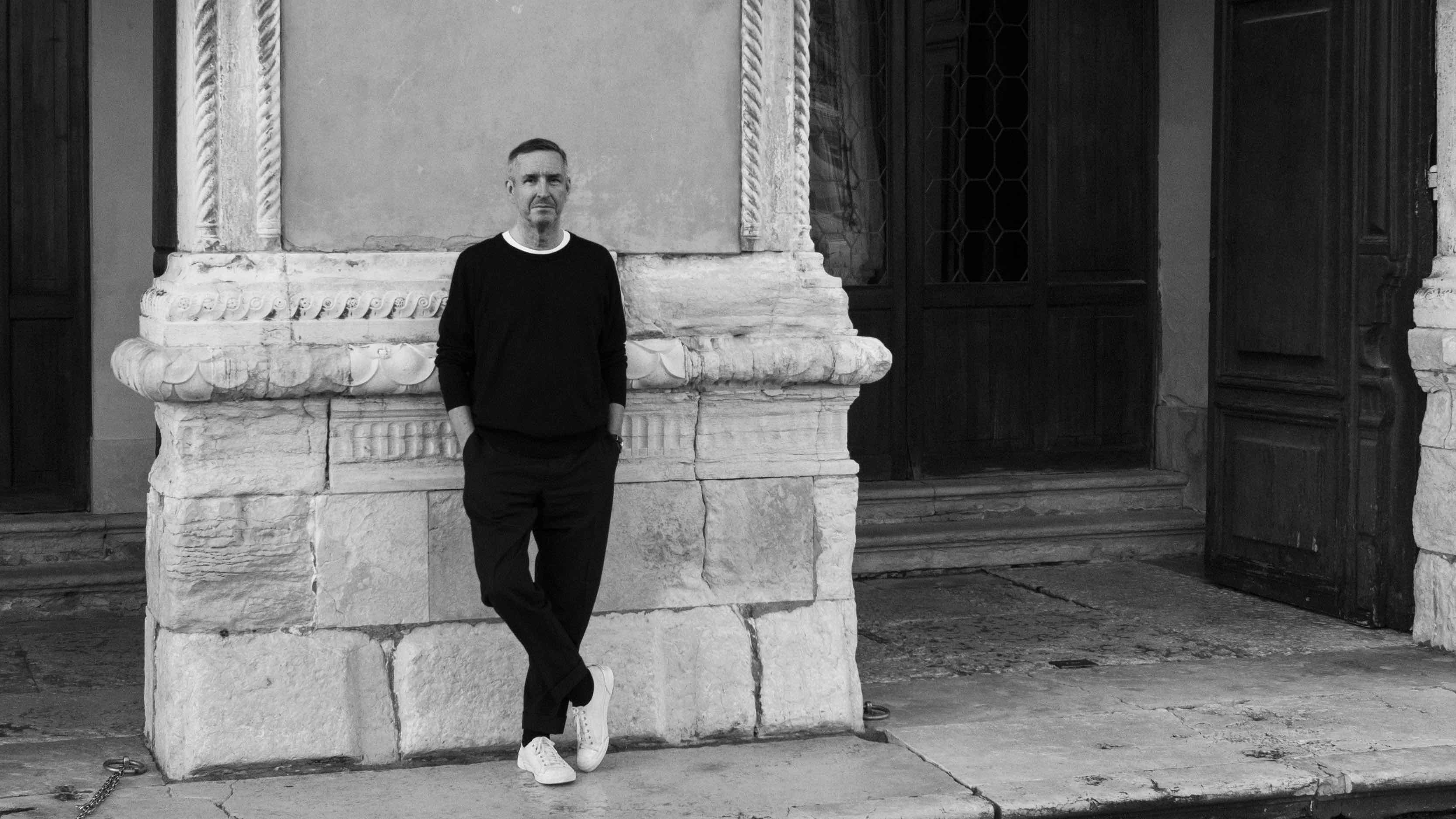 Dries van Noten on why he's building a new home for craft in Venice
Dries van Noten on why he's building a new home for craft in VeniceA year after departing the runway, Dries van Noten unveils his next chapter: the Fondazione Dries Van Noten, a newly announced cultural initiative in Venice celebrating craft in all its forms. Wallpaper meets the designer to find out why he’s not ready to retire.
-
 Alexander Wessely turns the Nobel Prize ceremony into a live artwork
Alexander Wessely turns the Nobel Prize ceremony into a live artworkFor the first time, the Nobel Prize banquet has been reimagined as a live artwork. Swedish-Greek artist and scenographer Alexander Wessely speaks to Wallpaper* about creating a three-act meditation on light inside Stockholm City Hall
-
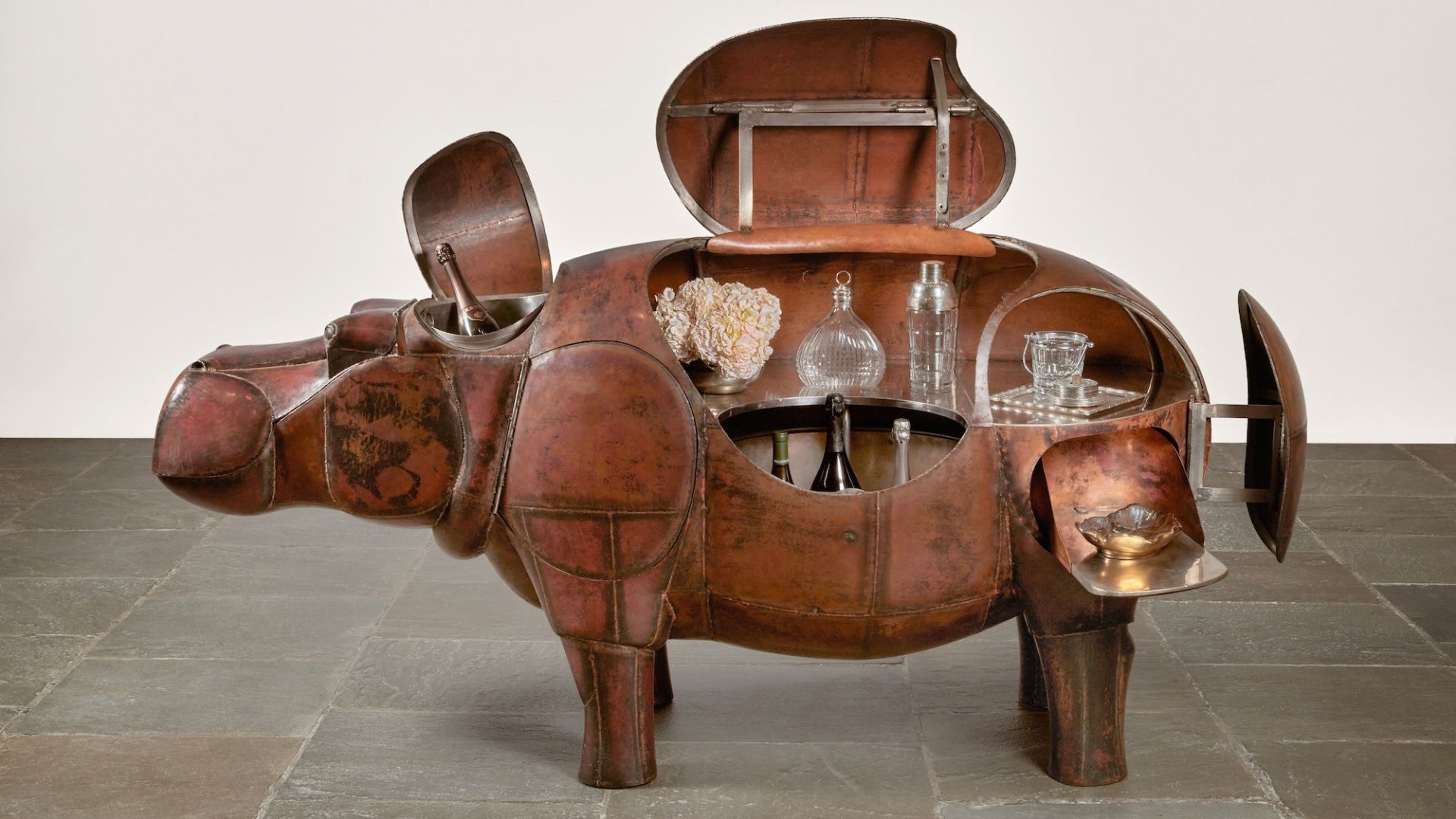 At $31.4 million, this Lalanne hippo just smashed another world auction record at Sotheby’s
At $31.4 million, this Lalanne hippo just smashed another world auction record at Sotheby’sThe jaw-dropping price marked the highest-ever for a work by François-Xavier Lalanne – and for a work of design generally
-
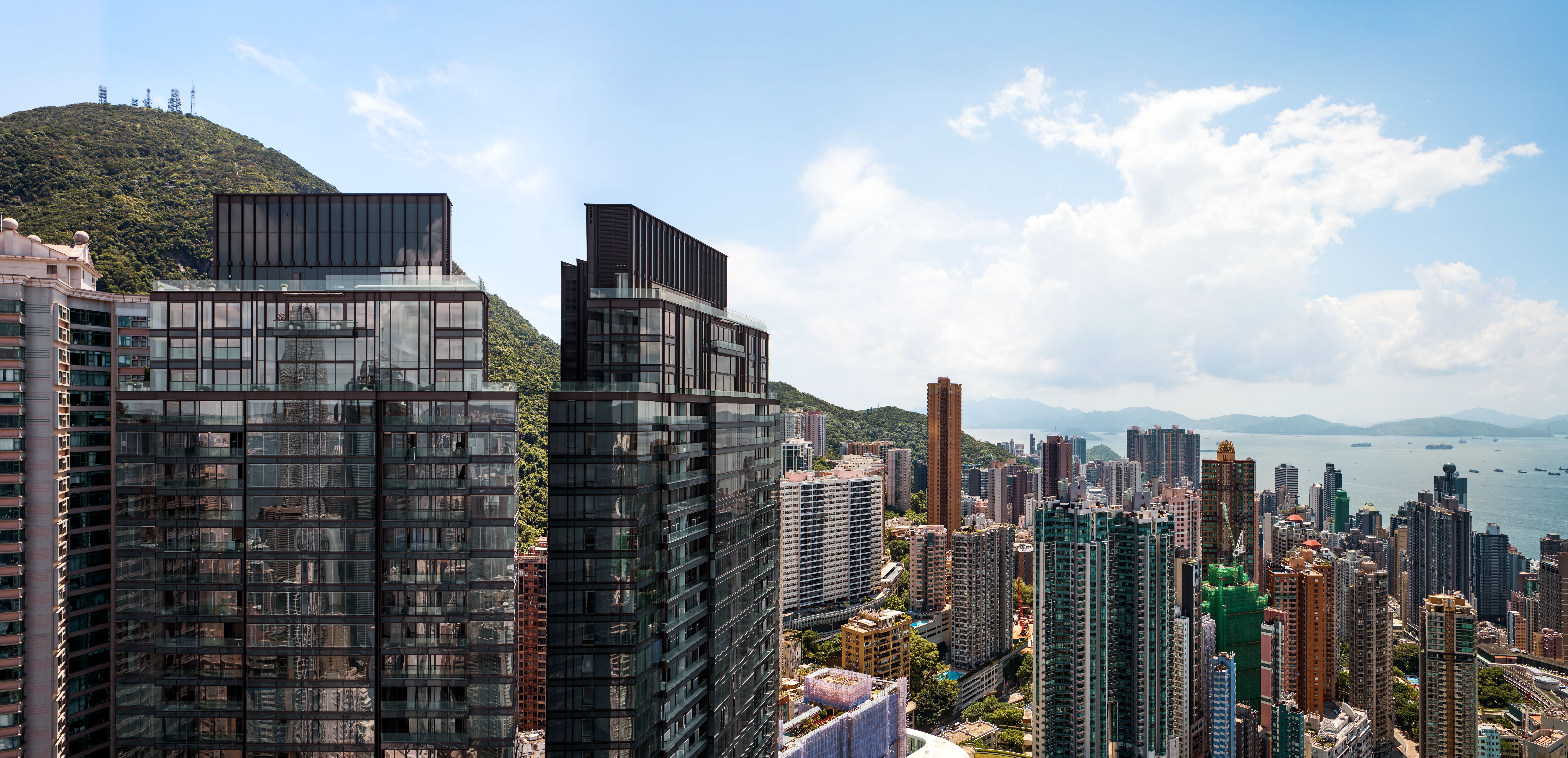 Discover The Legacy, Hong Kong’s eye-catching new condo
Discover The Legacy, Hong Kong’s eye-catching new condoThe Legacy, by ACPV Architects Antonio Citterio Patricia Viel, is a striking new condo tower that aims to ‘create a sense of community and solidarity among people’
-
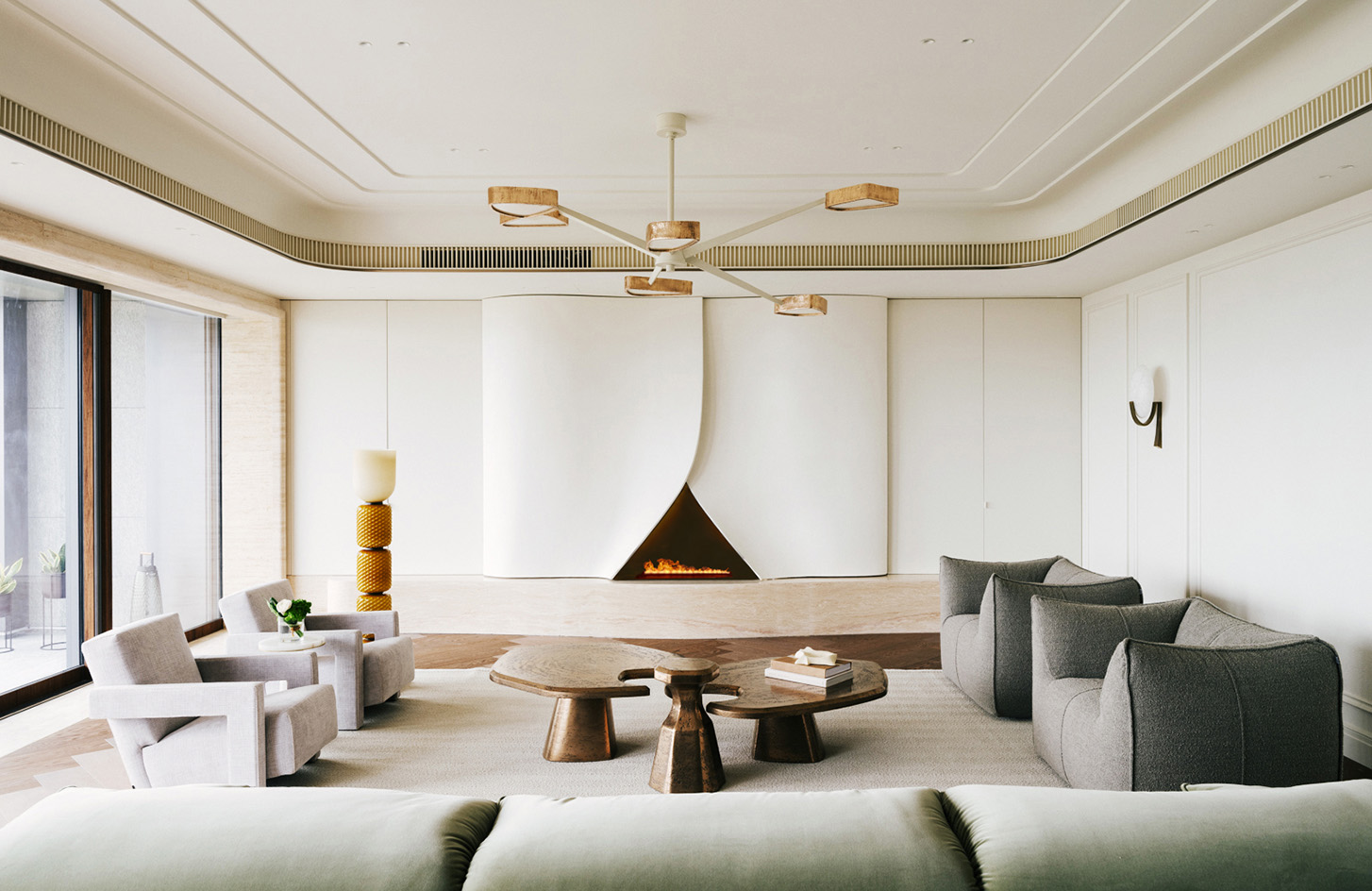 Tour Mountain Residence’s refined ‘interior landscape’ in Hong Kong
Tour Mountain Residence’s refined ‘interior landscape’ in Hong KongMountain Residence is a serene, multigenerational family home, nestled on Kowloon’s Mount Beacon in Hong Kong and designed by Nelson Chow
-
 Hong Kong brutalism explored: tour the island with this new architectural map
Hong Kong brutalism explored: tour the island with this new architectural mapHong Kong brutalism is brought into sharp focus through the launch of Brutalist Hong Kong Map, the latest of its kind in publisher Blue Crow Media’s 20th-century architecture series
-
 The Henderson by ZHA in Hong Kong makes everyone sit up and pay attention
The Henderson by ZHA in Hong Kong makes everyone sit up and pay attentionThe Henderson, ZHA's new high-rise in Hong Kong, stands out in its coveted address through its unusual, fluted façade of glass columns
-
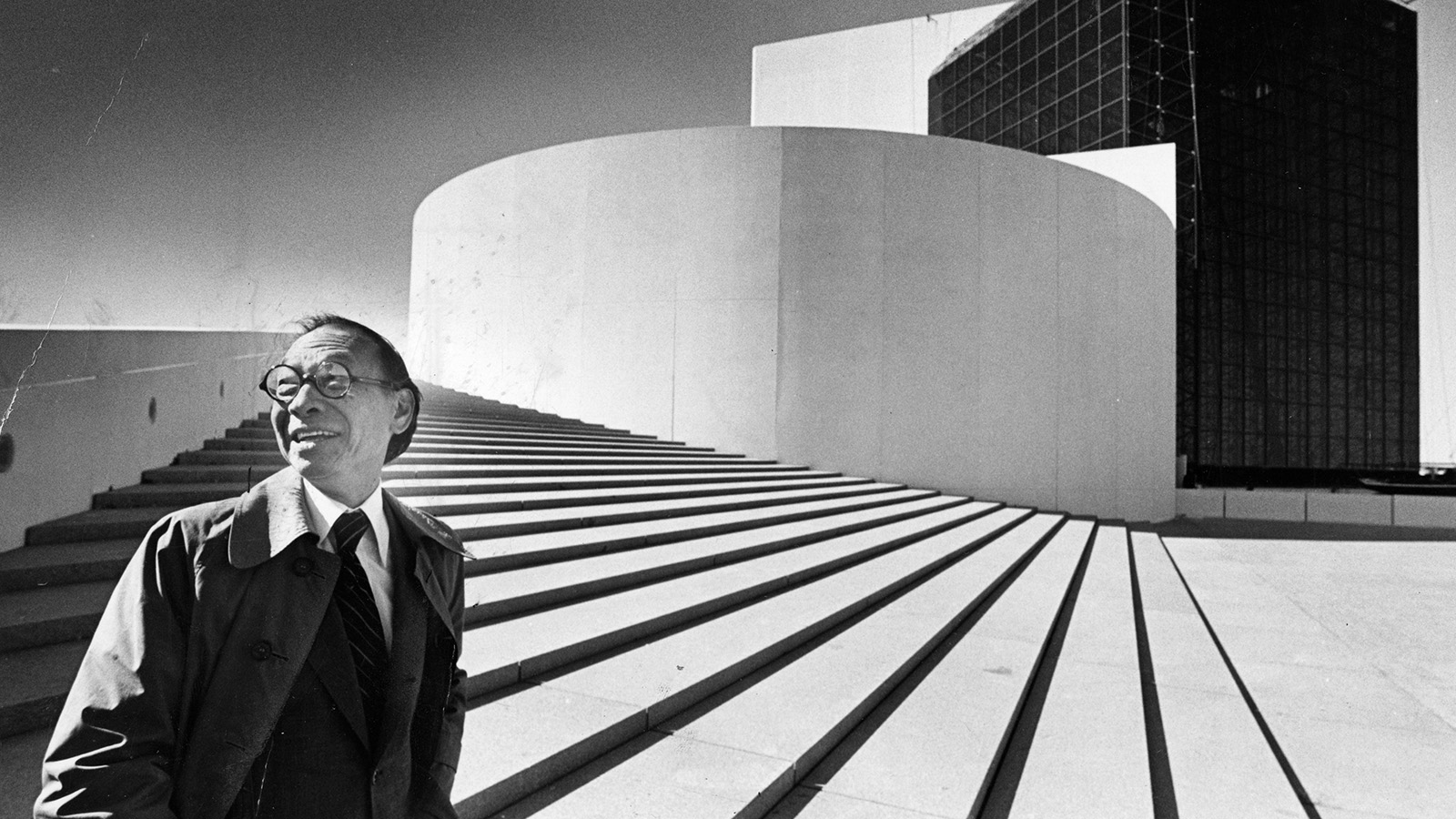 'Famous but understudied': IM Pei exhibition at M+ in Hong Kong is a deep dive into the architect's legacy
'Famous but understudied': IM Pei exhibition at M+ in Hong Kong is a deep dive into the architect's legacy'IM Pei: Life is Architecture' is an exhibition celebrating the global icon; and it's just opened at M+ in Hong Kong
-
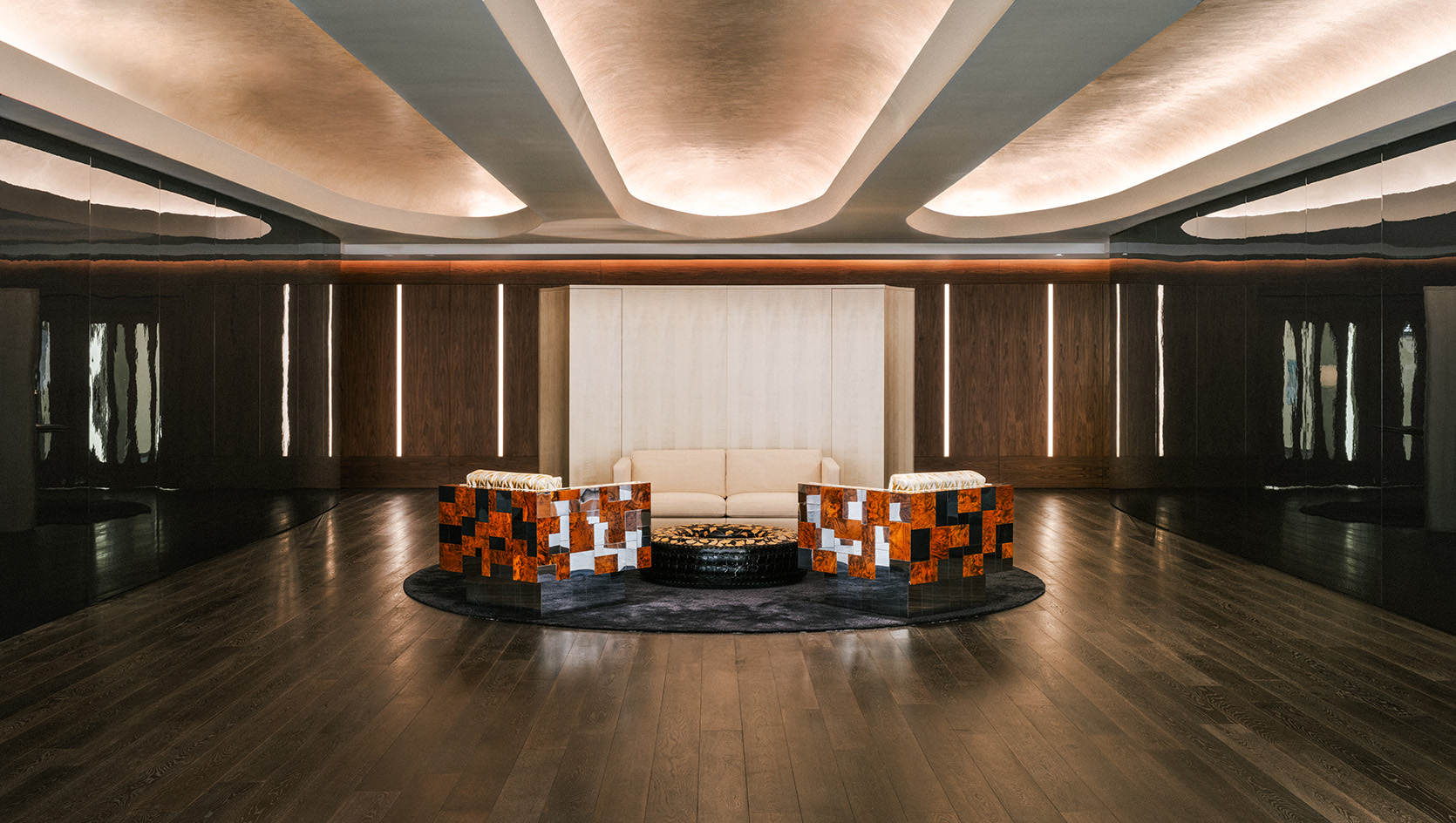 A Hong Kong HQ by Brewin Design Office draws on its modernist building’s nature
A Hong Kong HQ by Brewin Design Office draws on its modernist building’s natureA modernist-inspired office interior in Hong Kong by Brewin Design Office draws on its building’s 1980s Harry Siedler architecture
-
 La Maison Blanche is a Hong Kong apartment elevated through bespoke luxury interiors
La Maison Blanche is a Hong Kong apartment elevated through bespoke luxury interiorsLa Maison Blanche by Cream is a Hong Kong apartment with an emphasis on period-inspired, layered decor and long city views
-
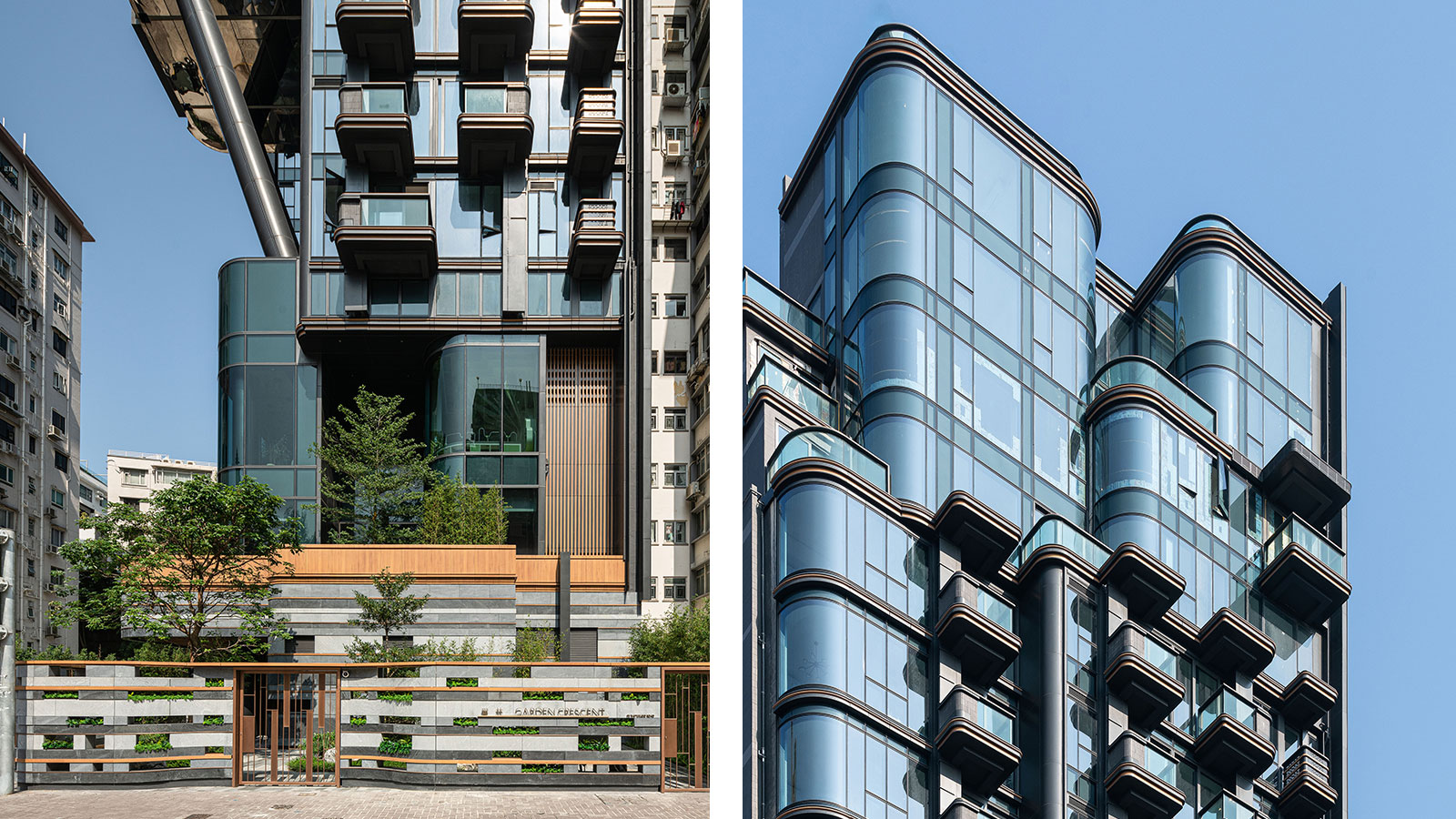 Garden Crescent brings biophilic design to a dense Hong Kong neighbourhood
Garden Crescent brings biophilic design to a dense Hong Kong neighbourhoodGarden Crescent by Ronald Lu & Partners brings a haven of green in its high-density Hong Kong neighbourhood